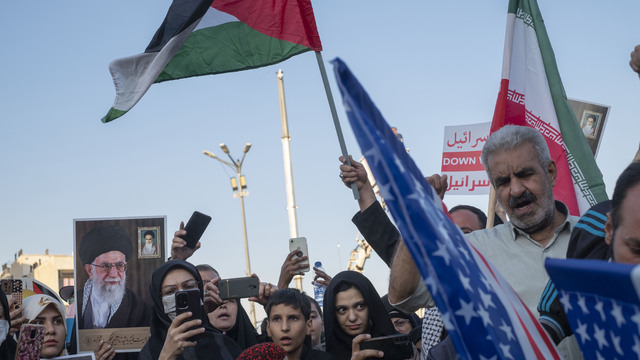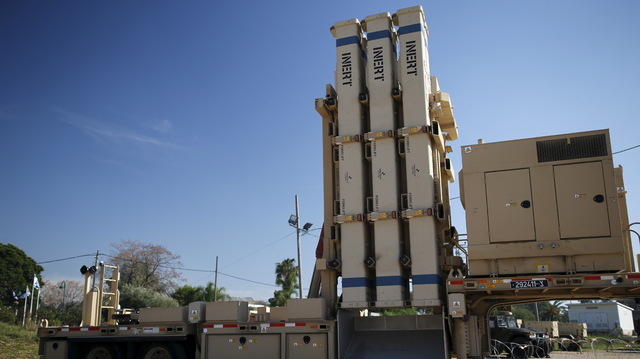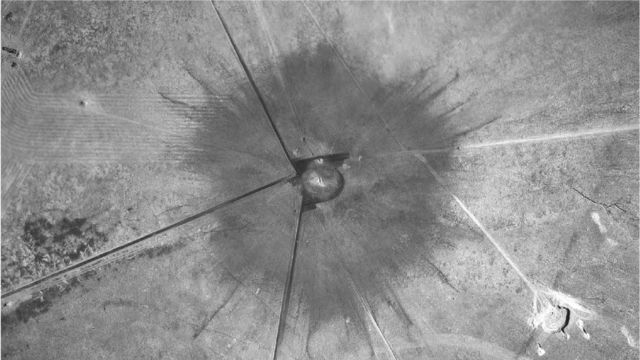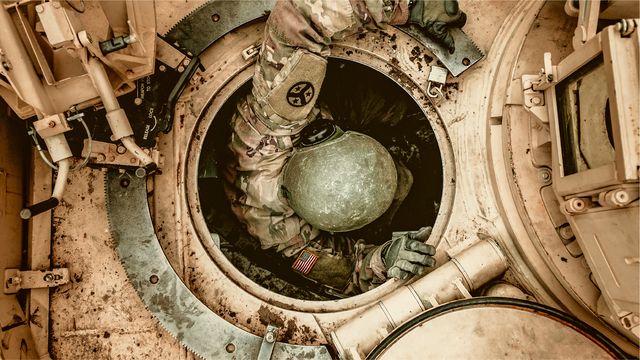Can the possible non-extension of the New START Treaty influence the strategic stability in the use of the outer space domain?
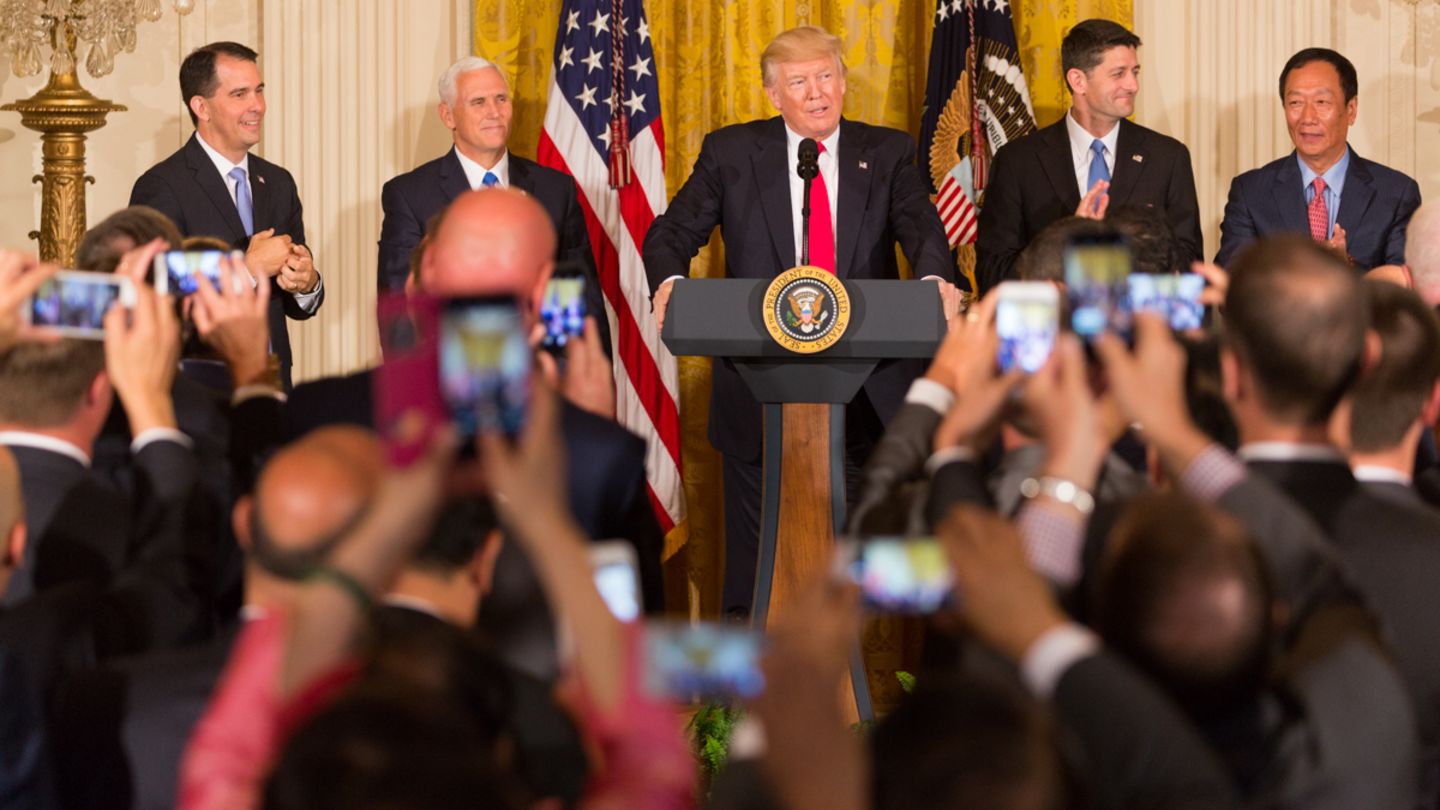
The New START Treaty, which limits the number of deployed strategic nuclear weapons, will expire in February 2021. According to the assessment of most arms control experts and, for example, the former US and Russian Foreign Ministers, the non-extension of the New Start Treaty will have a number of negative effects. What are the possibilities of the subsequent development if the last US-Russian control-arms contract New START is not extended? And what would that mean for strategic use of the universe?
CAN THE POSSIBLE NONEXTENSION OF THE NEW START TREATY INFLUENCE THE STRATEGIC STABILITY IN THE USE OF THE OUTER SPACE DOMAIN?
If Trump’s administration refuses the Russian President Vladimir Putin’s offer to extend the validity of the last US-Russian armscontrol treaty – the New START Treaty – it could have many negative consequences. A lot of arms-control experts, including the former US and Russian Ministers of Foreign Affairs Madeleine Albright and Igor Ivanov, as mentioned in their February declaration, stressed their support of the Treaty’s extension. The New START Treaty, which restricts the number of deployed strategic nuclear weapons, will expire in February 2021 but its wording enables its extension for five years more. Concerns related to the negative consequences of non-extension of the Treaty include, among others, that there could be a suppression of the strategic stability in the use of the space domain as a result of the end of the Treaty’s complex and intrusive verification system. The potential demise of the Treaty would have various negative impacts; besides the end of notifications, the exchange of telemetric and information data, on-site inspections etc., in connection with this the Treaty’s non-extension would especially have an effect on the binding principle of mutual non-interference with the national technical means (NTMs) of verification of the other party.
THE USE OF NTMs
The relevant provisions of the New START Treaty dealing with noninterference in the NTMs’ use were also part of previous US-Soviet (or US-Russian) armscontrol agreements. They included arms-control agreeements concluded in the 70s (the ABM Treaty, SALT I, SALT II) and further treaties, e.g. the INF Treaty (1987) and START I (1991). Both countries intentionally refrain from mentioning details and identifyíng information of NTMs for reasons of keeping their activities secret. In general, they include land, air and underwater sensors and especially various types of intelligence satellite systems, which are characterized by arms-control experts as the most important part of the mentioned means. In some cases various commercial telecommunication satellites are used to fulfil the same goal as well. With the end of the New START Treaty’s validity and the end of its verification system, there will arise the question of further use of satellite flyovers for verification purposes. From the international point of view is mainly The Outer Space Treaty (OST) that deals with matters of the peaceful use of outer space. In its Article IX can be found following obligations: “In the exploration and use of outer space. […] States Parties to the Treaty […] shall conduct all their activities in outer space… with due regard to the corresponding interests of all other States Parties to the Treaty.” Article IX also stipulates “appropriate international consultations” rather than an outright prohibition of the mentioned activities in cases of breaching the principle noninterference with NTMs of other states.
FOUR ALTERNATIVE OPTIONS FOR FURTHER DEVELOPMENT OF THE USE OF NTMs
According to the analytical article titled Noninterference With National Technical Means: The Status Quo Will Not Survive, written by Michael P. Gleason and Luc H. Riesbeck and published by Center For Space Policy And Strategy in January 2020, there exist four scenarios for how to solve the matter. The first scenario is based on the creation of a separate uncodified agreement concluded by the US and Russia that would addressed their common interest in the continuation of current practices of noninterference with NTMs. However, considering the nonexistence of a legally binding intrusive verification system for both countries, and with the necessity of parallel monitoring of the military activities of China, the DPRK and Iran, such a scenario would require intensifying the activities of the US satellite NTMs. According to the study this de facto illegal practices could possible have a negative impact on the positions and behaviour of other countries, e.g. China, regarding the use of outer space. Besides further worsening of the mutual security relations, deepening the nuclear arms race and especially causing a loss od predictability and transparency, the end of the legally binding principle of non-interference in NTMs’ acitivities,could also violete the current strategic stability in the use of the space domain and result in a weakening of international efforts to develop norms for responsible behaviour in the peaceful use of space. Combined with accelerated planning for warfighting in space, such a negative atmosphere could increase the possibility of limited communication, misunderstandings, and miscalculations of a potential rival’s behaviour. This could result in the creation of a less stable space domain that would involve decreasing the threshold for the initiation of a first use of offensive weapons that could possibly be deployed in space. According to the second scenario both countries could sign a stand-alone bilateral agreement to continue in noninterference with each other’s space- -based NTMs that would be unconnected to other arms control treaties. Taking into account the current problematic nature of the US-Russia strategic relations and the supposed difficulties of gaining the necessary two-third majority in a US Senate vote, it seems to be easier for both sides to agree to a nonlegally binding Memorandum of Understanding (MOU). One of the advantages of this option is that it doesn’t require a ratification process, and thus it could further contribute to maintaining the stability in the use of the outer space domain and also to the continuation of the US-Russia dialogue. The authors of the above mentioned study consider the third scenario, which consists of the conclusion of multilateral restraint agreement dealing with the use of NTMs, as the optimal solution. The advantages that they see in it mainly relate to the strengthening of outer space stability in outer space, which would create a favourable atmosphere for the development of norms for increasing transparency and mutual trust, which would lower the risk of misinterpretation leading to crisis, and an increasing of the threshold for the first use of offensive space weapons. The fourth scenario, which the authors consider to be the most pessimistic, is one in which the US and the RF do not reach any agreement on limiting the use of satellite NTMs. Such a development would, among other things, probably result in a threatening of the space and nuclear-strategic stability, and it could lead to an increasing of tension and mutual distrust between the main state powers with space ambitions and also to a possible rise in assertiveness in the use of space.
CONCLUSIONS AND FURTHER PROBABLY DEVELOPMENT
During the last few years, the unfavourably developing security situation in the world has been characterized by, among other things, the deepening crisis of the US-Russia (or US-Soviet) bilateral arms-control system built from the 1970s. The urgency of solving the situation has been underlined by the fact that both countries possess about 90% of all nuclear weapons, which they continue to modernize; field new weapon systems and lower the nuclear weapons’ yield, which also lowers their declared useability in regional conflicts. The possible nonextension of the New START Treaty, which decreases the numbers of deployed nuclear warheads and their strategic means of delivery could become the culmination of the mentioned crisis. Besides the further worsening of the US-Russia security relations, the deepening of the nuclear arms race and especially the loss of predictability and transparency, the nonextension of the validity of the New START Treaty can have further negative consequences. One such possible negative consequence is the opening of the possibility of a legally unlimited use of satellite NTMs that could result in a worsening of the current strategic stability in space. In the nuclear context the strategic stability in space plays an important role in the effort to maintain the peaceful management of strategic relations with the aim to avoid an expansion of the conflict into the outer space due to its weaponization. In August the world will remind itself that 75 years have passed since the tragic use of the nuclear weapons dropped by the US on the Japonese cities Hiroshima and Nagasaki, and that 50 years have passed since the Nonproliferation Treaty’s (NPT) entry into force in 1970. At the end of April and the beginning of May the 10th Review Conference of the NPT will be held at the UN Headquarters in New York on the occasion of the NPT’s jubilee. It is highly possible that the majority of the participating states will support the extension of the New START’s validity for five more years, which could enable further maintenaince the US-Russia arms-control process. It could also create the needed time for possible involving the other nuclear powers in the negotiating process.



